Are you ready to meet some of the coolest animals that crawl around our earth? These critters may not have wings or fins, but they have a unique way of getting around that is nothing short of impressive.
Table of Contents
From slithering snakes to scurrying spiders, we’ll be exploring the world of crawling animals and learning about their feats of strength, agility, and adaptability.
Get ready to be amazed by these incredible creatures and discover a whole new appreciation for the crawling critters that call our planet home.
List of Animals That Crawl
1. Land Snails

- Class: Gastropoda
- Diet: Herbivore
- Crawl Speed: 0.04 in/sec (1 mm/sec)
Land snails are truly remarkable creatures with over 35,000 species adapted to live on the ground. Their muscular foot allows them to crawl over rough surfaces while keeping their bodies moist.
And let’s not forget their mesmerizing display of muscle in action when crawling on the glass of a window. However, what truly sets land snails apart is their remarkable ability to cover vast distances in a short period of time.
In a recent experiment, researchers tracked a snail’s movement for only one night, and the results were nothing short of astonishing – the little creature managed to glide over an entire garden’s length!
2. Snakes
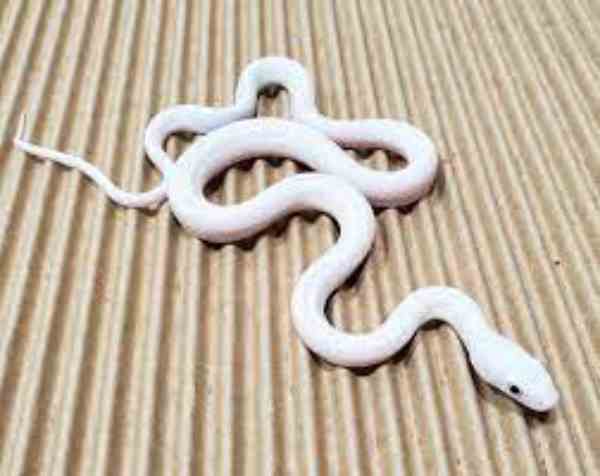
- Class: Reptile
- Diet: Carnivore
- Crawl Speed: 8 mph (12.7 kph)
Snakes are known for their impressive flexibility, which they use to navigate their legless bodies across various terrains. But did you know they also have some seriously cool moves up their sleeve (or lack thereof)? It turns out that these slimy creatures have four different types of locomotion, including lateral undulation, sidewinding, concertina, and arboreal.
Using their muscles and spine, they can crawl, swim, and climb with ease. And let’s not forget about their impressive speed – the black mamba, for example, can reach up to a staggering 23 km/h. These slithery creatures are the acrobats of the animal kingdom, showing us that sometimes, less truly is more.
3. Land Turtles
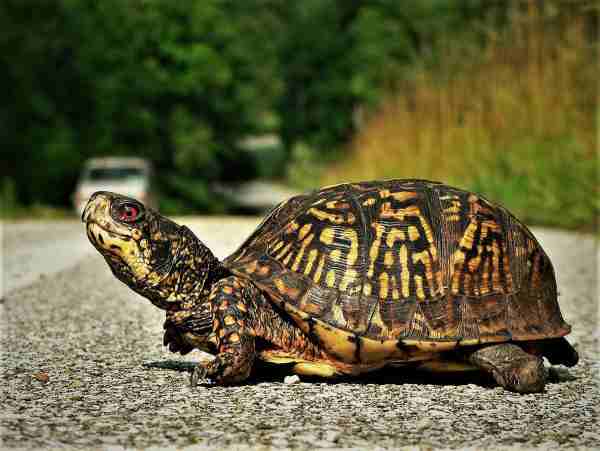
- Class: Reptile
- Diet: Herbivore
- Crawl Speed: 0.1 – 0.3 mph (0.2 – 0.5 kph)
Turtle lovers, rejoice! No matter where you go on this planet, you’re likely to find these fascinating shelled creatures. From the tiniest tortoise to the grandest giant, they all have one thing in common: a slow and steady crawl. But have you ever wondered why turtles move so lethargic?
The answer, my friends, lies in their evolutionary history. As herbivores with low metabolism, land turtles don’t need to dart around at lightning speeds to survive. Instead, they take their time and leisurely explore their surroundings.
And why not? Their hard shells provide ample protection against predators, enabling them to amble around without fear. So next time you see a turtle, remember: slow and steady wins the race!
4. Crocodiles
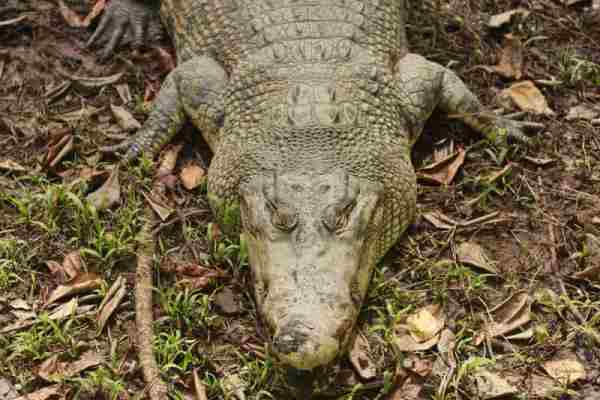
- Class: Reptile
- Diet: Carnivore
- Crawl Speed: 15 – 22 mph (24 – 35 kph)
Crocodiles may be known for their stealthy movements in water, but their land techniques are worth noting too. Belly crawling is one of their most common techniques, with a graceful swishing motion that is similar to a snake’s crawl.
However, crocodiles are also capable of high-walking and galloping for faster movements when they need to cover more ground.
While they may not be the fastest creatures on land, don’t be fooled by their size. These fearsome predators can move at a surprising pace, with explosive abilities that make up for any lack of stamina. It’s a good reminder to always be on your guard when near crocodile habitats.
5. Komodo Dragons
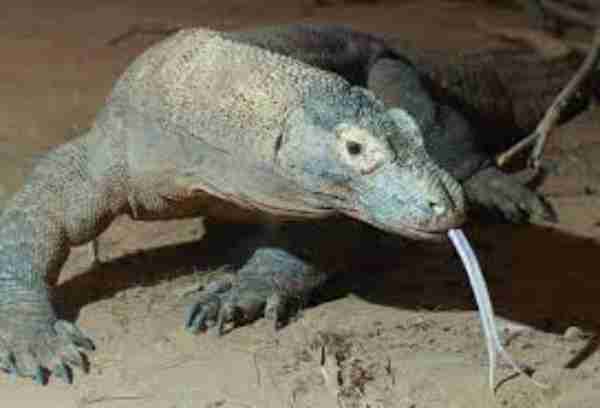
- Class: Reptile
- Diet: Carnivore
- Crawl Speed: 12 mph (19 kph)
The Komodo dragon has a unique way of moving, using a sprawling gait that resembles that of a crocodile. This allows them to make powerful lunges and move their large bodies forward effortlessly. Despite their seemingly slow and sluggish movements, they are actually capable of running at high speeds.
When hunting, Komodo dragons utilize stealth to their advantage, waiting patiently and hiding until their prey is within range. Then, in a swift and sudden attack, they aim directly for the unsuspecting prey’s vulnerable throat. What’s even more impressive is that these crawling reptiles have the ability to climb trees using their powerful claws.
6. Caterpillars
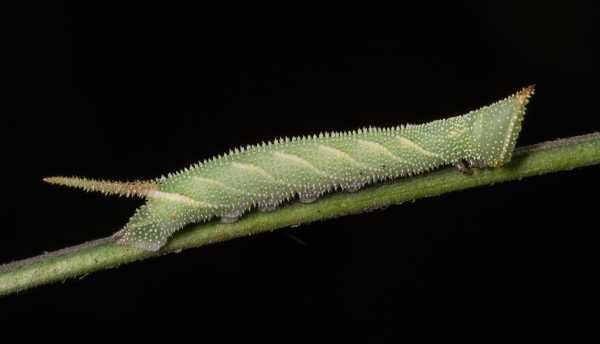
- Class: Insect
- Diet: Herbivore
- Crawl Speed: 1 mph (1.6 kph)
Caterpillars are not just fascinating for their metamorphosis, but also for their unique crawling skills. As boneless creatures, they move by flexing their muscles in a wave-like motion, arching their bodies and gripping the surface with their many legs. Some species even have specialized hooks on their legs to climb up vertical surfaces with ease.
While caterpillars may appear to slow in their crawl, they are not defenceless against predators. Some use camouflage to blend in with their surroundings, while others have developed fake eyes to scare off birds. And those who have consumed poisonous plants, become venomous themselves, adding another layer of defence to their arsenal.
7. Alligators

- Class: Reptile
- Diet: Carnivore
- Crawl Speed: 11 mph (18 kph)
Alligators are some of the most fascinating reptilian predators that roam the earth today. Native to Mexico, China, and the United States, these giants have two distinct types of locomotion – the sprawl crawl and the high walk. While the sprawl crawl is a mode of movement that involves the belly making contact with the ground, the high walk is where the belly is elevated above the ground.
Interestingly, even though alligators can run quickly in short bursts, they rarely hunt on land. These carnivores are ambush predators, using their environment to their advantage, and patiently waiting for the perfect moment to strike.
8. Sloths
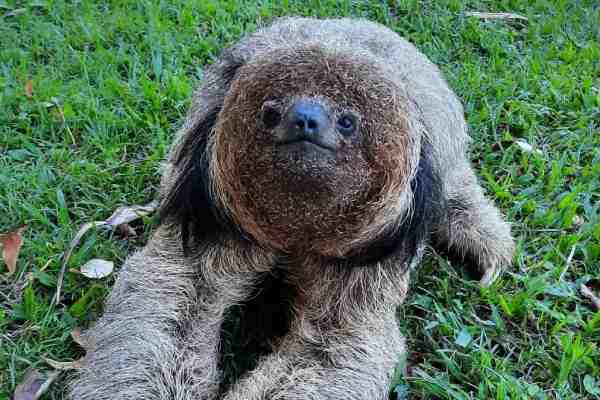
- Class: Mammal
- Diet: Herbivore
- Crawl Speed: 5 ft/min (1.5 met/min)
The sloth, known for its lethargic demeanour, is perhaps one of the laziest creatures in the animal kingdom. Sloths crawl along branches in a slow and awkward manner, their sharp claws providing little aid on the ground.
Not only do they struggle to support their weight on their hind legs, but they also resort to pulling themselves forward with their forelimbs when on land. Watching them move on the ground is far from graceful. Even worse, their sluggish crawl leaves them vulnerable to predators.
To avoid becoming prey, sloths try to make their way up trees as quickly as possible. Surprisingly, sloths are actually able to move three times faster in the water than on land. Maybe they should consider a permanent move to the water?
9. Banana Slugs

- Class: Gastropoda
- Diet: Omnivore
- Crawl Speed: 6 in/min (15 cm/min)
Did you know that banana slugs have a super unique way of getting around? Instead of walking as humans do, they move by contracting and expanding their muscular foot, which is covered in a layer of secret mucus.
This mucus is pretty amazing – it helps them glide along surfaces, acting as both an adhesive and lubricant and is even used for communication and nutrition. To move forward, the banana slug extends its foot and attaches it to a surface using its mucus, then pulls itself forward by contracting its muscles.
Despite their slow speed – it can take a whole minute to move just a few inches – banana slugs can travel long distances and even climb up trees using their adhesive mucus.
10. Iguanas

- Class: Reptile
- Diet: Herbivore
- Crawl Speed: 21 mph (34 kph)
Iguanas, fascinating reptiles that they are, use a particular crawling motion to get around. This crawling involves a side-to-side head shift and a lifting of the body with every step.
With an impressively long tail that not only functions to protect it but also ensures balance as it moves around, it’s easy to see the iguana’s graceful coordination in action.
But that’s not all; these creatures are excellent climbers too, using their clawed toes to latch onto trees and rocks. And if that wasn’t enough, the iguana is a proficient swimmer, holding its breath underwater for up to half an hour!
11. Geckos
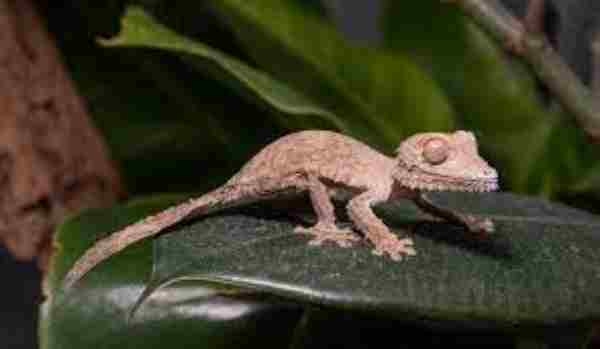
- Class: Reptile
- Diet: Omnivore
- Crawl Speed: 6 mph (10 kph)
Geckos are not just cute little reptiles, they are also superstars at climbing! Their secret to success lies in their exceptional feet. Covered in thousands of hair-like structures called spatulae, geckos’ toes have sticky pads that can cling to surfaces using van der Waals forces.
This unique structure means they can climb vertical and inverted surfaces with ease, without the need for sharp claws or suction cups. Despite their small size, these nimble creatures can travel up to 5 miles per hour, making them quite speedy for their tiny stature.
12. Earthworms

- Class: Clitellata
- Diet: Omnivore
- Crawl Speed: 27-185 ft/hour (8 – 56 met/hour)
Out of all the animals that crawl, earthworms might be the most fascinating. These small but mighty creatures have a unique way of moving through the soil. They use a combination of muscle contractions and tiny bristles called setae to crawl forward in a wave-like motion. It might be slow, but it works!
Earthworms are incredibly important for soil health, breaking down organic matter and aerating the soil. So the next time you see one of these little guys crawling around, take a moment to appreciate just how amazing they really are.
Difference Between Creeping and Crawling Animals
The terms “creeping” and “crawling” may seem similar at first glance, but they actually describe two distinct ways of movement. When an animal or person is trying to move slowly and quietly to avoid being noticed, they are said to be “creeping.”
This tactic is often employed by predators when hunting their prey. In contrast, “crawling” involves moving with the body close to the ground, often supported by the limbs and knees or belly. While both “creeping” and “crawling” involve slow movement, the subtleties of each term can make a big difference in how we describe and understand animal behaviour.
Reference:
- https://www.britannica.com/video/212127/Demystified-turtles-tortoises-difference
- https://www.nationalgeographic.com/science/article/how-to-be-a-snake-life-in-motion
- https://brainly.in/question/3995073

Rahul M Suresh
Visiting the Zoo can be an exciting and educational experience for all involved. As a guide, I have the privilege of helping students and visitors alike to appreciate these animals in their natural habitat as well as introducing them to the various aspects of zoo life. I provide detailed information about the individual animals and their habitats, giving visitors an opportunity to understand each one more fully and appreciate them in a more intimate way.









